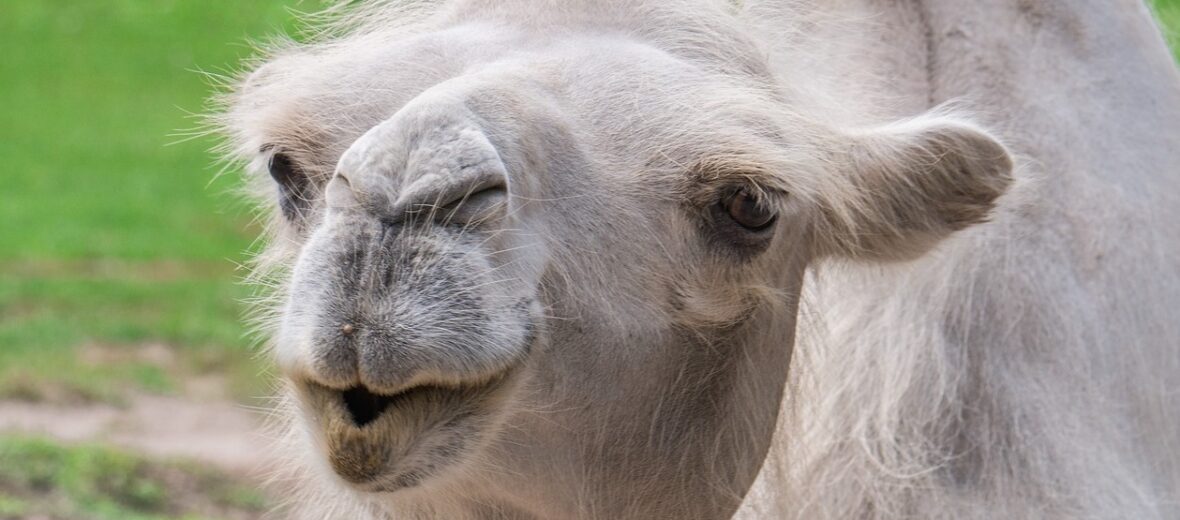
The Australian feral camel population has reached over 750,000 and consists of 2 species; mostly dromedaries but also some Bactrian camels. Camels were first imported into Australia during the 19th century from places like Arabia, India, and Afghanistan for transport and heavy work in the outback. But when cars and trucks came along and camels were no longer needed, thousands were released into the wild. With no natural predators and large sparsely-populated areas in which to roam, the camels have thrived and are now having a big impact on the wilderness.
First the Stats…
Scientific name: Camelus
Weight: Up to 1,300 lbs.
Height: Up to 6.6 feet
Lifespan: Up to 40 years
Now on to the Facts!
1.) One issue with camels is that they drink a lot of water, contrary to popular belief. They also drink dry waterholes belonging to the Aboriginal people.
2.) They subsequently break tanks, pumps, pipes, and fences roaming, grazing, and looking for water.
3.) Camels roam openly across an estimated 1.3 million square miles, in the states of Western Australia, South Australia, and Queensland, as well as in the Northern Territory.
4.) Humans have introduced dozens of species into Australia – including wild horses, pigs, goats, dogs, cats, rabbits, foxes, and the dreaded cane toad and these animals have now become a major problem for the ecosystem and the economy.
5.) In 2010 the Australian government endorsed a control plan called the Australian Feral Camel Management Project, which hopes to reduce camel densities through culling and aggregation of the animals for sale to places like the Middle East.
But wait, there’s more on the camel!
6.) Their eyes have 3 eyelids and 2 rows of eyelashes that prevent sand from entering their eyes.
7.) Camel feet consist of 2 toes that spread apart when they touch the ground. This prevents them from sinking in the sand.
Did you know…?
Camel’s can run up to 40 mph!
8.) Camels are famous for their humps. Most people believe that these humps store water, but they actually store fat reserves, which they use as a food reserve when food is not available.
9.) A camel can lose up to 20 – 25% of their body’s water without becoming dehydrated.
10.) They can drink up to 40 gallons of water in a single sitting!
11.) They will start sweating when the temperature rises over 105°F.
12.) Camel’s milk is rich in iron, vitamins, and minerals. It is actually healthier than cow’s milk because it contains less fat.
13.) When they are angered, they spit a greenish substance which is generated from their stomach. They also use any one of their 4 legs to kick their opponent in self defense.
14.) To preserve water these critters produce urine that is as thick as syrup and their feces is so dry it can be used as a fuel source.
Now a Short Camel Video!
Also, check out the Critter Science YouTube channel. Videos added frequently!
Want to suggest a critter for me to write about? Let me know here.



